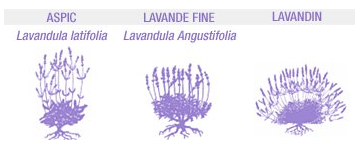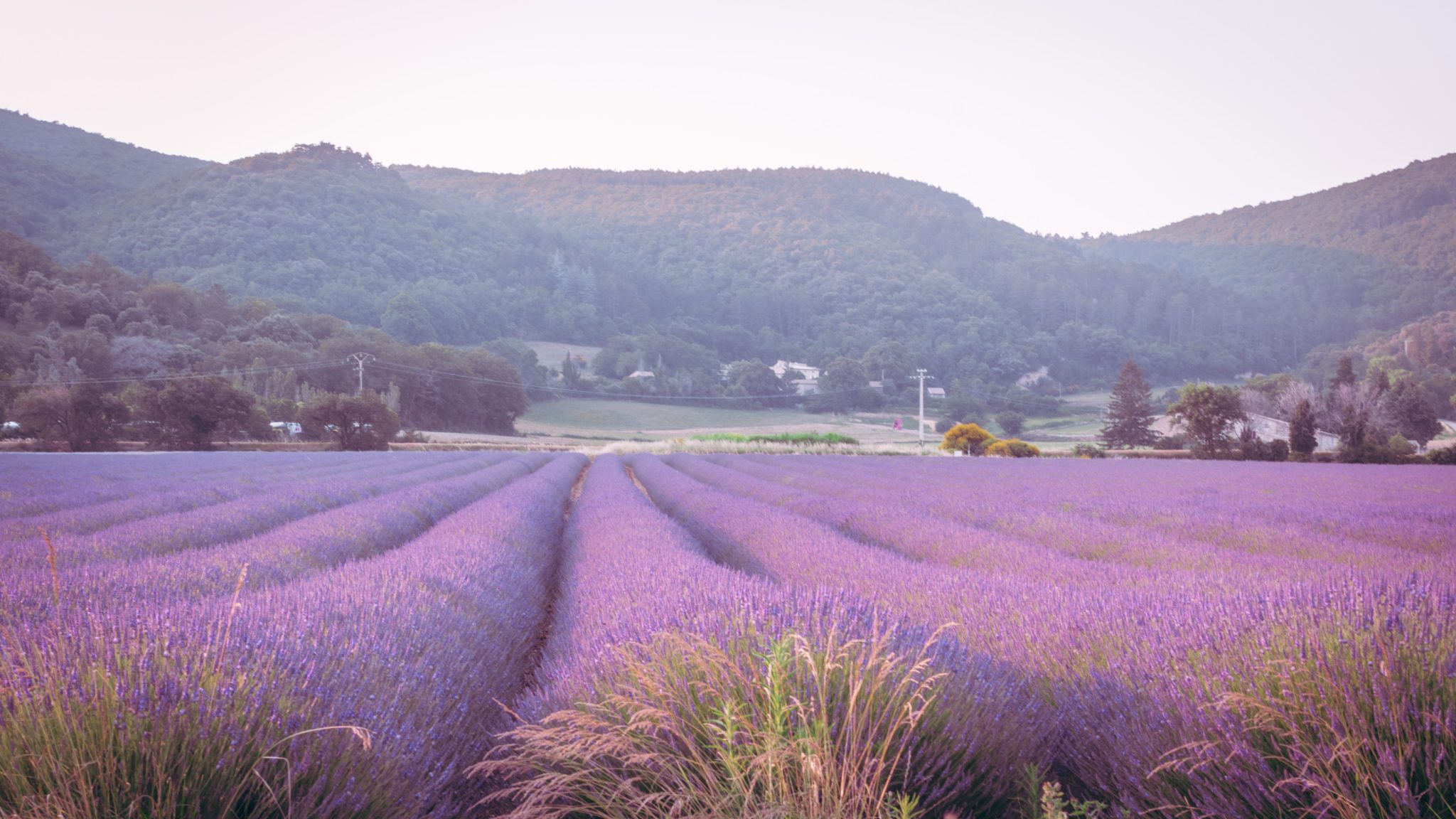You’ll make people jealous if you post a picture of yourself in the middle of the lavender flowers. Lavender is the star of the summer.
Here, we are looking forward to taking the country roads and finding the most beautiful spots. Seeing the fields that are beginning to be adorned with their lavender colour is an ephemeral, exciting event. Don’t you want to miss this? Even better than the photo, imagine yourself in the middle of a massage in the middle of lavender…it makes you dream? On our territory, it becomes a reality.
Go on the lavender roads
Lavender is considered as a cultural symbol of Provence thanks to its variations of colors, scents but also and especially thanks to its properties. The history of lavender, from the wild lavender of yesteryear to the meticulous cultures of today, sets the rhythm of the seasons and the lives of the people of this country while constituting a rich heritage yet to be explored.Thus the tradition around the cultivation of this aromatic plant, which dates back more than a century, has evolved with human ingenuity and is now combined with high-level scientific research. The lavender tradition has forged exceptional landscapes, associated, depending on the area, with other crops: cereal fields on the uplands, wine on the plain, olive oil or fruit fields in terraces areas. This diversity invites you to travel, along the lavender roads, around a perfume, a color, a light.
How to recognize them ?
Aspic Lavender: Its large leaves and long floral stems with several spikes differentiate it from fine lavender.
Fine lavender: True lavender is distinguished by its smaller tufts and floral ear. Its essential oil, the most subtle, is sought after by perfumers and laboratories.
Lavandin: Resulting from the pollination of true lavender and aspic, this hybrid comes in the form of a very developed ball-shaped tuft.


